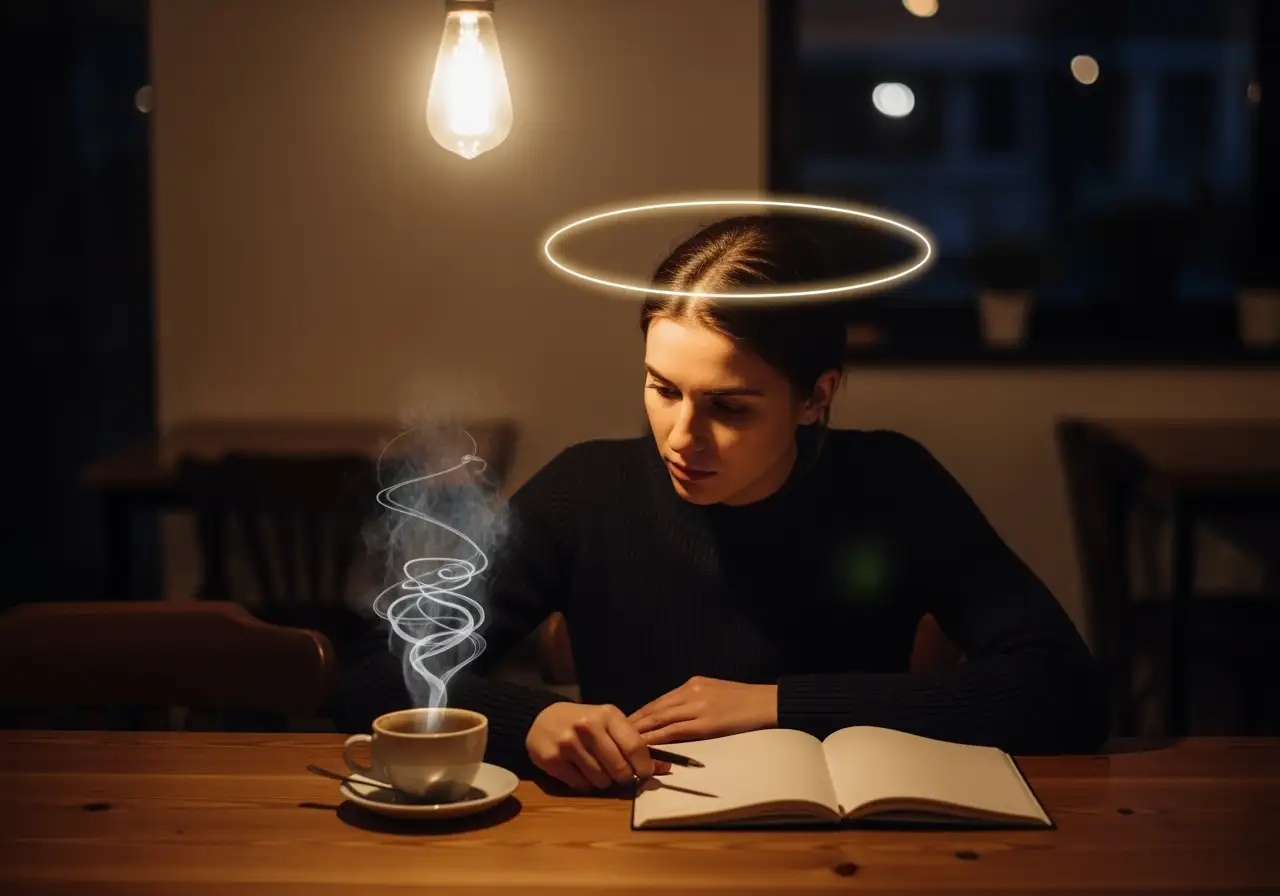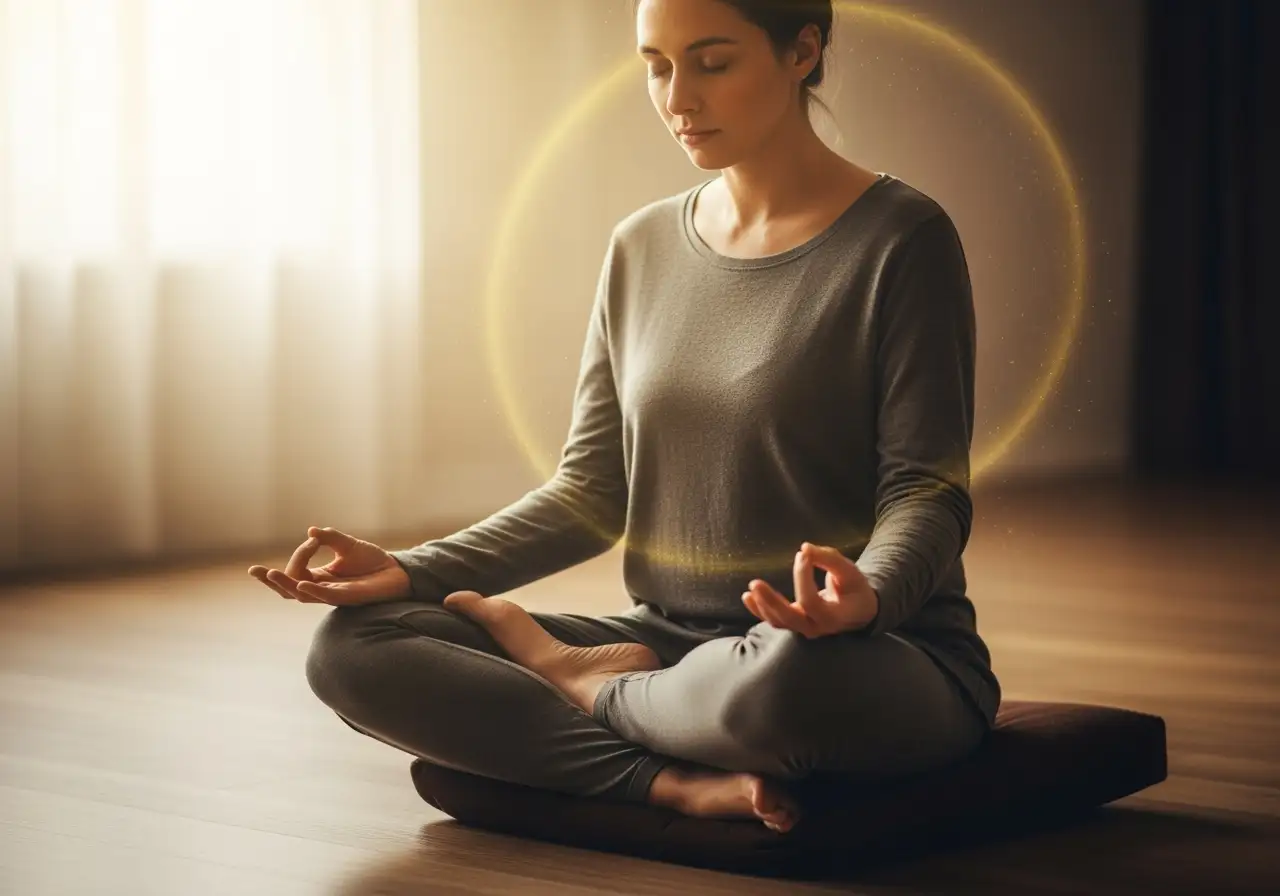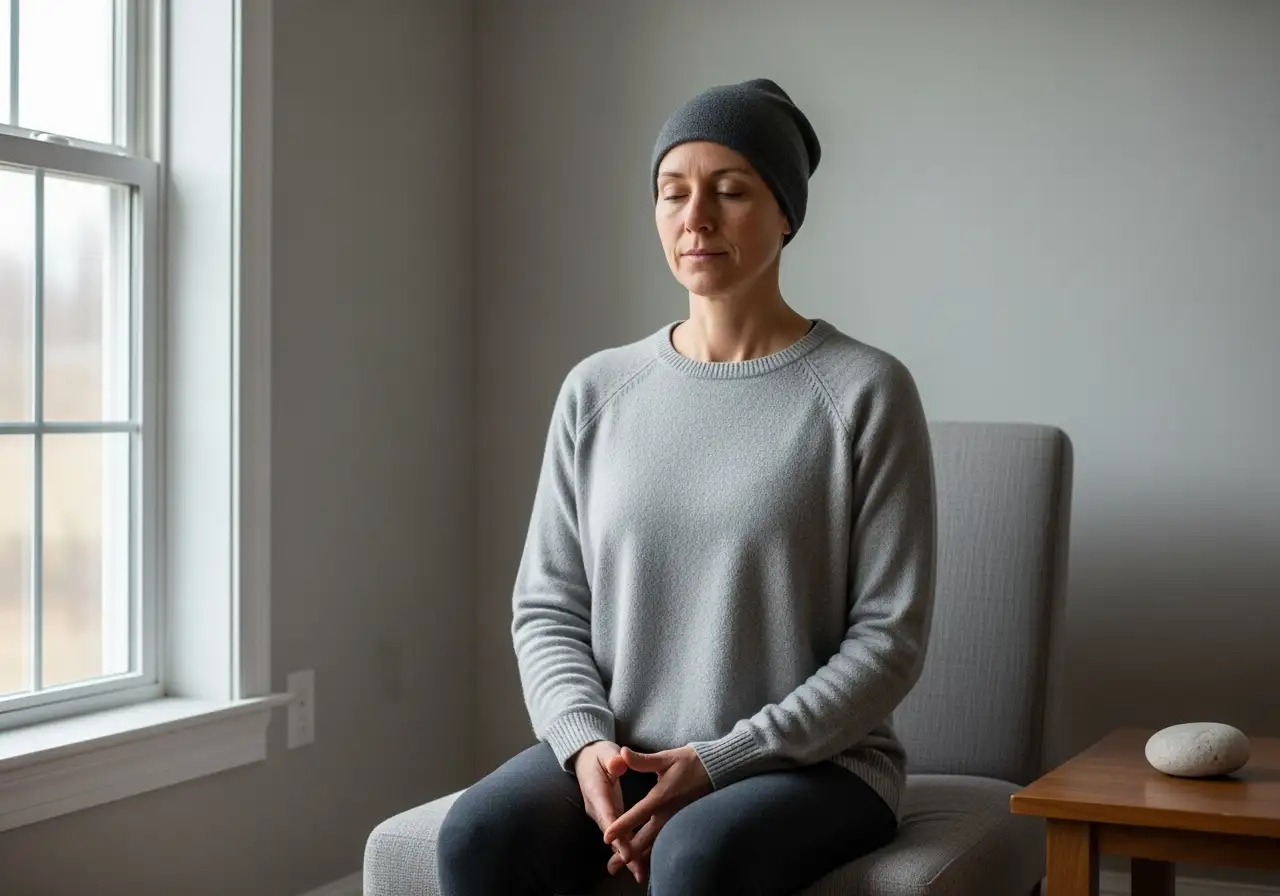Shaping Your Reality with Quantum Mindfulness
Shaping Your Reality with Quantum Mindfulness
Have you ever felt stuck, overwhelmed, or like an external situation was entirely dictating your mood and ability to function? Perhaps you’ve experienced something similar to Mark, a talented graphic designer who battled a persistent “blank canvas curse.” Whenever a new project loomed, a familiar knot of dread would tighten in his stomach, accompanied by thoughts of inadequacy and impending failure. He tried every practical solution, but the feeling of dread always returned, making his creative process painful. His problem wasn’t the canvas; it was something deeper, within himself.
Mark’s breakthrough, and indeed the core insight of the Quantum Mindfulness framework, lies in a profound yet often overlooked truth: your subjective reality isn’t merely something that happens to you. Instead, it’s something you actively and continuously bring into being through the lens of your own mind. Every sight, sound, and sensation you experience is filtered, colored, and formed by your internal state, your thoughts, and your chosen focus. This isn’t about denying objective facts, or the “bones of reality,” but about recognizing the subtle yet powerful way your inner world defines your outer experience.
Consider the foundational principle of Psychodynamic Wave Collapse within Quantum Mindfulness. Before any specific feeling or thought becomes a definite, actualized experience, it exists in a state of cognitive superposition, a probabilistic field of multiple co-existing possibilities. Mark’s anxiety, for instance, wasn’t a fixed entity but an actualized experience that arose from a specific configuration of his psychodynamic dimensions. His feeling of dread was an emergent property, a result of his mind’s automatic cognitive appraisal of the blank canvas, which likely triggered destructive interference among his internal dimensions. This appraisal, influenced by past experiences and inherent disposition, steered his potential mental state towards anxiety rather than creative flow.
Think about it: two people can face the exact same challenge, yet one might experience it as an insurmountable obstacle while the other sees it as an exciting opportunity. The external circumstances are identical, but their internal interpretations, their perceptual lenses, create vastly different realities. This highlights the distinction between a passive recipient view of perception, common in some traditional mindfulness approaches, and Quantum Mindfulness’s active constitutive force view. We are not just receiving reality; we are constantly constructing it. The way we engage in perceptual framing directly influences the psychodynamic collapse of our mental states, shaping our experienced reality.
Mark, for instance, learned to shift from viewing a blank canvas as a “problem” to seeing it as a “playground.” This wasn’t merely wishful thinking. It was a deliberate act of intentional collapse, a conscious re-evaluation of his cognitive appraisal. By engaging his Psycho-Volitional Dimension (Pd1), the very source of primal will and intentionality, he began to dissolve the perceived limitation of the blank canvas. This active reframing process allowed him to consciously steer the collapse of his mental state away from dread and towards inspiration. His internal shift didn’t alter the canvas itself, but it transformed his entire experience of it, unlocking his creativity and turning dread into joyful exploration.
This concept, often explored in fields ranging from cognitive psychology to ancient wisdom traditions, highlights your inherent co-creative power. The Observer-Participant Theory posits that the act of conscious observation is not neutral; it inherently modifies the mental state being observed and shapes experienced reality. As a Quantum Observer, you are performing cognitive measurement, actively participating in the creation of your internal and external worlds. This is the path to perceptual freedom, moving beyond unconscious reactive collapse into states of active mastery.
For those familiar with mindfulness, this concept resonates deeply. Classical Mindfulness practices are designed to cultivate a heightened awareness of our internal states—our thoughts, emotions, and bodily sensations—without judgment. By observing these internal filters, often through the cultivation of witness consciousness, we can begin to disentangle our pure sensory input from our mind’s automatic interpretations. This clarity is crucial, as it provides the space needed to consciously choose a new perceptual lens and, in turn, shape a more empowering reality.
However, Quantum Mindfulness takes this further. While classical approaches focus on observing the existing wave function of consciousness, Quantum Mindfulness encourages active structural investigation. It’s about developing dimensional literacy and structural awareness, understanding the intricate interplay of the ten psychodynamic dimensions that constitute your mental and emotional life. By understanding these fundamental energetic substrates and how they mutually influence each other, we can engage in consciousness refinement and psychodynamic balance restoration. This leads to a profound ability to manipulate our internal world, not just observe it. Through practices like patterned presence, we learn to not only see what is happening but also how it is happening and from where it emerges within our psychodynamic architecture. This deeper understanding allows us to actively manage cognitive strain and liberate ourselves from inherited scripts that might otherwise dictate our responses.
Imagine the possibilities if you could consciously choose the lens through which you view your daily challenges. How might your experience of a stressful meeting, a difficult conversation, or even a mundane task transform if you understood and actively leveraged your mind’s ability to shape your subjective reality? This isn’t about escaping reality, but about engaging with it with unparalleled agency and intentionality.
What small, recurring situation in your daily life could you begin to view through a different perceptual lens right now, and how might that change your experience?






